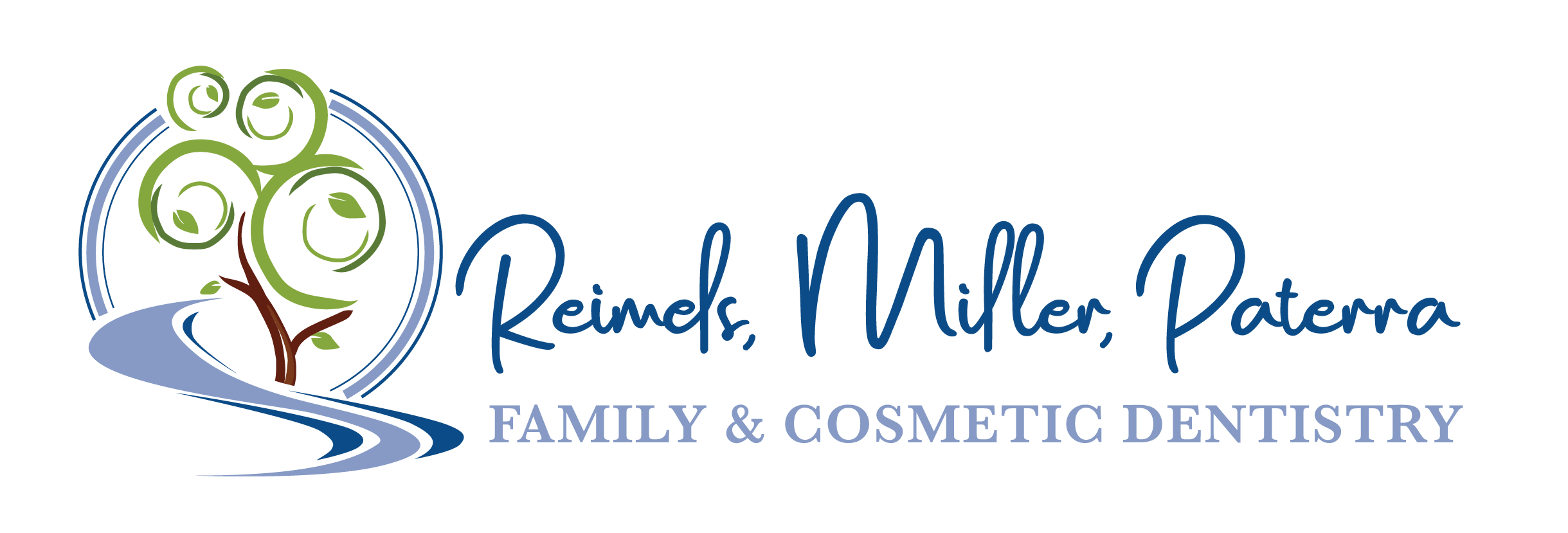Oral Appliance Therapy Overview
Oral appliance therapy provides a viable and effective dental solution for sleep apnea, particularly for those experiencing mild to moderate symptoms. This approach offers comfort, convenience, and improved quality of sleep.
Comfort and Convenience
Oral appliances stand out as a comfortable and convenient option for managing sleep apnea. Unlike CPAP machines, which can be bulky and cumbersome, oral appliances are small, lightweight, and custom-fitted to provide you with optimal comfort. They are designed to be worn in the mouth while you sleep, allowing for a natural and unobtrusive experience.
Many users adapt quickly to oral appliances due to their discreet nature, thereby increasing compliance rates. This adaptability is crucial, as consistent use is vital for effectively managing your sleep apnea and enhancing overall sleep quality. For more information about finding the right treatment, consider exploring our resources on oral appliance therapy for sleep apnea.
Effectiveness for Mild to Moderate Sleep Apnea
Oral appliance therapy has proven to be an effective treatment option for mild to moderate obstructive sleep apnea. This therapy works by gently repositioning the jaw and tongue during sleep to maintain an open airway, thereby improving breathing and reducing interruptions. The effectiveness of the treatment can be tailored to meet individual needs, resulting in optimal results [1].
| Severity of Sleep Apnea | Oral Appliance Effectiveness |
|---|---|
| Mild | High success rates in maintaining open airways |
| Moderate | Effective in reducing symptoms and improving sleep quality |
Custom-made oral appliances are considered the most effective for treating sleep apnea, offering you better results than over-the-counter options such as “boil and bite” models [2]. With the right dental solution, you can achieve significant improvements in your sleep patterns and overall health. If you’re interested in exploring treatment options, including consulting with a specialist, check out our page on sleep apnea dentist treatment.
Benefits of Oral Appliance Therapy
Oral appliance therapy offers numerous advantages for adults struggling with mild to moderate sleep apnea. This treatment option is designed to provide comfort and effectiveness without the complexities often associated with other methods, such as CPAP. Below are some key benefits.
Non-Invasive Nature
One of the most appealing aspects of oral appliance therapy is its non-invasive nature. Unlike CPAP machines, which can be cumbersome and require masks, oral appliances are designed to be simple and user-friendly. These devices are custom-made to fit your mouth and gently reposition your jaw and tongue to maintain an open airway during sleep. Research indicates that oral appliances significantly reduce breathing interruptions and improve sleep quality [1].
The quiet operation of these appliances makes them advantageous for those concerned about noise, as they do not produce the sounds typically associated with CPAP machines. Patients often find that these dental solutions provide a more comfortable and less disruptive approach to managing their sleep apnea.
| Benefit | Oral Appliance Therapy | CPAP Machine |
|---|---|---|
| Invasiveness | Non-invasive | Invasive |
| Comfort | High (custom-fit) | Varies (mask discomfort) |
| Noise | Quiet | Noisy |
| Sleep Quality Improvement | Significant | Significant |
Snoring Reduction and Airway Support
Oral appliances have been proven effective in reducing snoring, which is often a significant concern for those affected by sleep apnea. By keeping the airway open, these devices help alleviate snoring and provide better support for uninterrupted breathing.
Studies show that using a mandibular advancement device can decrease episodes of paused breathing during the night, consequently increasing blood oxygen levels and minimizing daytime fatigue. This method not only improves your sleep quality but also enhances cognitive function, mood, and overall well-being.
Custom-made oral appliances have been shown to deliver better results than over-the-counter options. These custom devices can be optimized for your specific anatomy, ensuring a more effective treatment of obstructive sleep apnea [2].
If you’re exploring options for a dental solution for sleep apnea, oral appliance therapy may provide a viable alternative that meets your needs without the complexities and invasiveness associated with other treatments like CPAP.
Types of Oral Appliances
When considering a dental solution for sleep apnea, it’s essential to familiarize yourself with the different types of oral appliances available. The two primary categories are Mandibular Advancement Devices (MADs) and Tongue-Retaining Devices (TRDs). Each type functions differently and is designed to address specific needs for individuals struggling with sleep apnea.
Mandibular Advancement Devices (MADs)
Mandibular Advancement Devices (MADs) are designed to reposition the lower jaw forward, which prevents the airway from collapsing during sleep. This repositioning reduces or eliminates breathing interruptions associated with sleep apnea. Custom-fitted MADs have been shown to have high success rates in treating adult patients, with approximately 77% experiencing significant improvement Smile On Chicago.
| Features of MADs | Benefits |
|---|---|
| Custom-fitted design | Provides a personalized fit enhancing comfort and effectiveness |
| Adjustable settings | Allows for modification based on individual needs |
| Increases upper airway dimensions | Helps in improving airflow and reduces obstructive symptoms |
MADs are particularly suitable for individuals with mild to moderate obstructive sleep apnea. For some, these devices may completely resolve symptoms, while others may require additional treatments depending on the severity of their condition Cleveland Clinic.
Tongue-Retaining Devices (TRDs)
Tongue-Retaining Devices (TRDs) differ from MADs by focusing on stabilizing the tongue. These devices work by holding the tongue in a forward position, preventing it from falling back into the throat during sleep. This mechanism helps keep the airway open, thereby minimizing obstructions that can result in sleep apnea.
| Features of TRDs | Benefits |
|---|---|
| Stabilizes the tongue | Reduces the likelihood of airway collapse due to tongue displacement |
| Easy to use | Generally simple to insert and remove |
| More suitable for specific cases | May be an ideal option for individuals who cannot tolerate MADs |
TRDs can be particularly beneficial for patients who struggle with traditional MADs or those who have specific oral or dental issues that make MADs inappropriate.
Both types of oral appliances can offer significant relief for individuals dealing with sleep apnea. To explore your options further, consider consulting with a sleep apnea dentist who can provide personalized recommendations based on your specific needs and conditions.
Comparing Oral Appliances to CPAP
Compliance Rates
When comparing oral appliances to CPAP therapy, compliance rates are a significant factor to consider. Oral appliances are generally easier to adapt to and tend to have higher compliance rates compared to CPAP machines. Research indicates that oral appliance therapy has about a 90% compliance rate, while CPAP therapy only achieves approximately 50% compliance rate.
| Treatment Method | Compliance Rate |
|---|---|
| Oral Appliance Therapy | 90% |
| CPAP Therapy | 50% |
Maintaining consistent use is critical in managing sleep apnea effectively. Many individuals find oral appliances to be more comfortable, leading to higher adherence and ultimately enhancing their quality of life.
Effectiveness for Sleep Apnea
The effectiveness of oral appliances for treating sleep apnea is noteworthy. Studies show that the efficacy of oral appliance therapy is almost equivalent to that of continuous positive airway pressure (CPAP) therapy. For individuals with mild to moderate obstructive sleep apnea, oral appliances may lead to complete resolution of symptoms, while others may require additional treatments based on the severity of their condition.
Although CPAP is generally more effective in reducing the severity of obstructive sleep apnea compared to mandibular advancement devices (MADs), the higher compliance rates associated with oral appliances suggest that they can still provide significant clinical effectiveness for many patients. This demonstrates that oral appliances serve as a valuable dental solution for sleep apnea, particularly for those who struggle with CPAP intolerance.
| Treatment Method | Effectiveness |
|---|---|
| Oral Appliance Therapy | Comparable to CPAP, effective for mild to moderate OSA |
| CPAP Therapy | More effective in reducing OSA severity |
Considering these factors, you can better navigate your options for treating sleep apnea. If you’re interested in exploring oral appliance therapy, consult with a dentist for sleep apnea therapy who can guide you through personalized treatment options.
Successful Treatment with Oral Appliances
Oral appliance therapy offers a promising solution for individuals struggling with sleep apnea. As a non-invasive dental solution, oral appliances not only improve breathing during sleep but also enhance overall daytime function.
Improving Breathing and Oxygen Levels
Oral appliances, particularly Mandibular Advancement Devices (MADs), work by repositioning the lower jaw to keep the airway open. This design helps to prevent airway collapse and reduces breathing interruptions, allowing for a more restful night’s sleep. Research indicates that oral appliances can lead to a significant increase in blood oxygen levels, which is crucial for maintaining good health.
In clinical studies, approximately one-third of patients using MAD therapy experienced a complete resolution of obstructive sleep apnea, while another third reported a notable decrease in apnea severity. The effectiveness of these devices largely stems from their custom-fit design, which ensures they align comfortably with each individual’s dental structure. Custom mouthpieces for sleep apnea are crucial in achieving optimal results.
| Oral Appliance Effectiveness | Resolution Rate (%) | Significant Decrease Rate (%) | Negligible Improvement Rate (%) |
|---|---|---|---|
| Mandibular Advancement Devices | 33% | 33% | 34% |
Impact on Daytime Function
Beyond improving nighttime breathing, oral appliances have a positive impact on your overall daytime function. Many users notice a reduction in daytime fatigue, improved cognitive abilities, and enhanced mood. The continuation of therapy leads to better overall well-being, as consistent usage can also help stabilize blood pressure.
Studies have shown that MAD therapy can reduce the frequency of breathing pauses during sleep, directly impacting how refreshed you feel when you wake up. With improved sleep quality, you may find it easier to stay alert and focused throughout the day. If you are facing CPAP intolerance, oral appliances present a viable alternative to CPAP for sleep apnea.
For a comprehensive understanding of various dental sleep apnea treatment options, including the use of oral appliances, consult with a specialist who can guide you towards the best solution for your needs. Consider your specific symptoms and discuss these with your healthcare provider to determine the best course of action for treating your sleep apnea effectively.
Considerations and Adapting
Adjusting to Wear
Getting accustomed to wearing an oral appliance for sleep apnea typically takes about two to four weeks. During this adjustment period, you may experience some initial side effects such as dry mouth, excess saliva, or jaw muscle discomfort. These sensations are usually temporary and improve as you adapt to the device. While each individual’s experience may vary, this adaptation phase is a crucial step in maximizing the effectiveness of the dental solution for sleep apnea.
| Adjustment Period | Common Initial Side Effects |
|---|---|
| 2-4 weeks | Dry mouth, excess saliva, jaw discomfort |
It’s important to follow up with your sleep apnea dentist during this adjustment phase to monitor your progress and address any concerns. Custom-made oral appliances, as opposed to over-the-counter options, tend to provide better comfort and efficacy.
Short-Term Side Effects and Long-Term Success
Short-term side effects are not uncommon with oral appliance therapy. These may include excessive salivation, dry mouth, jaw discomfort, or even nerve tingling and tooth sensitivity. While these symptoms can be uncomfortable, they typically resolve as your body becomes accustomed to the appliance.
Long-term success with an oral appliance is largely dependent on proper fitting and regular follow-ups with your healthcare provider. Once adjusted, many individuals find that their symptoms improve, leading to better sleep quality and overall daytime functioning. A well-fitted appliance not only helps in opening the airway but also significantly reduces the likelihood of long-term complications associated with sleep apnea.
Should you experience persistent side effects, consult your dentist for possible adjustments or a reevaluation of your treatment plan. For more information on the effectiveness of various treatments, visit our page on dental sleep apnea treatment or oral appliance therapy for sleep apnea.








